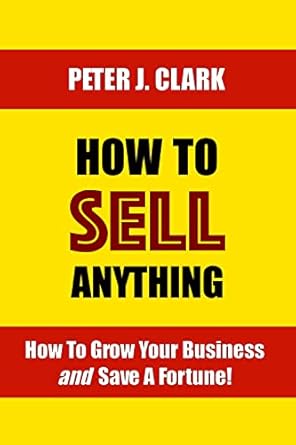Why interactive retail experiences work online too
We all know how important customer experience is. It's what drives loyalty and sales, and ultimately gives brands a way to avoid a race to the bottom on price. Customer experience used to be all about providing responsive service from staff, fast access to information and compelling offers. And while all these things are obviously still relevant, bricks-and-mortar stores have also done some pretty cool things to engage customers in a different way, according to Marko Luhtala of RapidCampaign.
Take Harrods and its interactive windows for example. Tissot, the Swiss watchmaker, provides a window that enables customers to 'virtually' try on watches. Customers simply put on a wristband and hold their hand up to the window to see what a selection of watches would look like on their wrist.
Ralph Lauren's window at Harrods pushes exclusive content to nearby customers' phones. Once they're drawn in, customers can also tap their phone on mobile touch points to access more information.
While Tissot and Ralph Lauren are using technology to enhance the in-store experience, bricks-and-mortar stores can improve customer engagement using other tactics. Hamleys, for example, offers up its store for birthday parties for kids who want to be surrounded by toys. Now what child (or adult for that matter) wouldn't want to return to the store in the future?
The cool stuff isn't new
Innovative in-store customer engagement isn't a new phenomenon. It's been around almost as long as shops have been selling. Anyone over the age of 30 will remember the magical scene in the film Big, which featured an in-store interactive floor piano that made sounds when Tom Hanks walked over the keys.
Bricks and mortar stores create these kind of interactive displays to enhance the customer experience. The same thing that every online retailer is obsessing about. They are there to bring the brand to life for the customer, and ensure they come back.
But in an age when internet shopping dominates, customer experience has moved away from magic and toward a focus on the basics: a responsive website, compelling offers, good customer service, and fast and easy access to information.
However, while the basics are the foundation of any customer service, there is no reason why retailers should stop short of injecting the 'magic' that was typically found in-store into the online shopping experience. An engaging and interactive experience is possible across all online and offline customer touch points and gamification is one way to emulate the experience offered by bricks-and-mortar stores.
The opportunity is ripe for gamification
RapidCampaign's recent report, From Promotion to Purchase, measured the UK's top 20 online retailers on their promotions strategy and found that only one - Currys - uses gamification as a way to engage customers on the website. (Interestingly, Currys came top of the promotions strategy league table in the report.)
"By gamification, I don't mean extravagant and complicated World-of-Warcraft style games that take hours to play. I mean simple, cost-effective games at the end of which, if you win, you get a prize or voucher code. Think of them more as smart promotions," explained Luhtala.
The proof is in the numbers
And smart promotions do work. Interaction rates for rich banner adverts are typically about 1.5%. However, our research has shown that smart promotions have an interaction rate 10 times this figure. When 30% - 50% site visitors interact with a smart promotion, it means 10% - 15% more sales.
You might have noticed a common theme with the offline interactive retail experiences we've mentioned. Harrods, Tissot, Ralph Lauren; these are luxury brands, with cash to spend and to whom customer experience is especially important.
To create something like an augmented reality window display, you obviously need a significant budget. But like many things, the playing field is levelled online.
Any retailer can add a bit of interactive magic to their site, allowing the smaller players the chance to build their brand, avoid competing so heavily on price and ultimately drive sales.
Combining smart promotions with voucher codes
Another recent RapidCampaign report, entitled Brands We Love Versus Brands We Buy found that 50% of consumers will only make a purchase online when an offer or promotion is involved. So if you combine a voucher code prize with a simple "Wheel of Fortune" type game on your website for example, you're giving consumers a new way to get their voucher. When customers spin the wheel, they feel like they've "won" or "earned" their code, which feels personal to them, and you increase your chances of securing a sale. It's a win-win situation.
"You don't have to limit yourself to a wheel of fortune either. An interactive scratch card or personalised sealed envelope can do the job equally well," concluded Luhtala. "The good news for online retailers is that there's a huge opportunity to take advantage of smart promotions. The From Promotion to Purchase report highlights that no online retailer, other than Currys, currently offers any kind of simple gamification - so there is a huge opportunity to differentiate yourself from your competitors."
Sources: RapidCampaign / The Marketing Factbook.
Copyright © 2015 - 2025 The Marketing Factbook.
Categorised as:
- Customer Experience
- Customer Loyalty
- Knowing The Customer
- Marketing Know-How
- Marketing Technology
